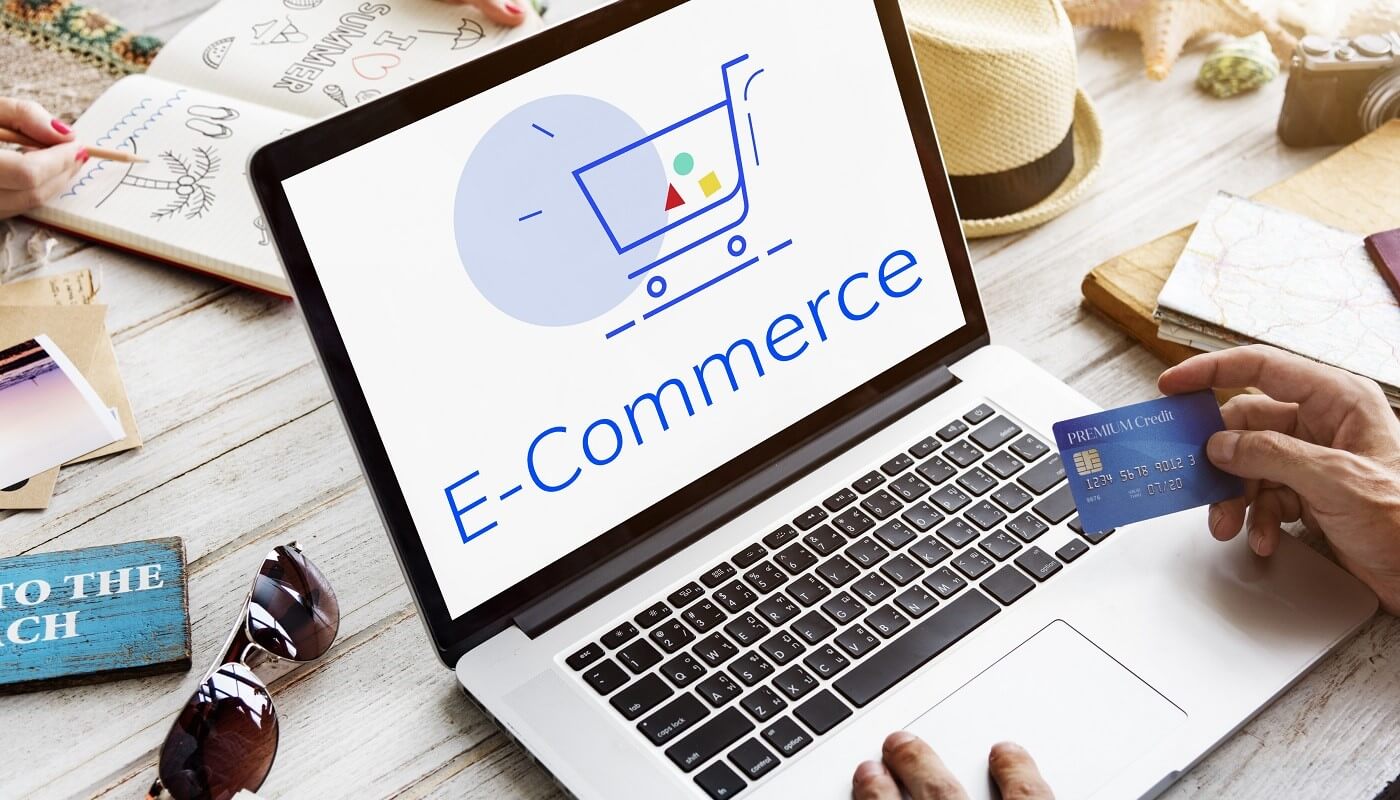An e-commerce website is simply a site where you can buy and sell physical or digital products. Sales are made online, not at brokerage locations. Online Store Business offers customer service, allowing orders to process, payments, delivery and logistics in one place. Brands that use platforms like Shopify and BigCommerce to build their sites can use hundreds of plugins and marketing tools to improve any area of their business.
Understanding the functionality of e-commerce
Are you confused about ecommerce platforms? An e-commerce online store works like a physical store. A brief process about ecommerce service is as follows:
Accept Orders: You will receive a notification when a customer orders on the site.
Order Processing: Process customer payments in the same way as store cash registers and sync orders with different fulfillment systems.
Ship The Order: Delivering an order is the final step in the selling process. It involves delivering the ordered product to the customer. If you really want to grow your business, you should ideally aim for two-day delivery.
This is the basic principle of how e-commerce works, but there are other revenue models you need to know to truly maximize your return on investment.
Different Types of E-commerce
There are also many different types of e-commerce commercial models in this modern market. They trust you to sell your products to consumers, other businesses, or the public sector. Let’s explore to know more about:
Business Company (B2B)
This is a transaction between two companies where a company provides a product or service to another company. For example, it could be a social media tool that sells access to social media to small businesses. B2B is no longer focused on consumers, and more and more B2B companies are gradually turning their eyes to selling online products and services.
Business Consumer (B2C)
This is the most common type of e-commerce that sells directly to consumers. For example, when you buy a shirt from a fashion brand’s website, you enter into a “business sourcing” agreement.
B2C has grown significantly over the past few years and is expected to increase by 85% globally by 2023. In China alone, by 2023 there will be almost 1 billion online buyers. NASDAQ estimates that by 2040 95% of all purchases will be made online.
From Business to Ministering (B2A)
B2A (also known as B2G) is when a company sells its products or services to government agencies. For example, a service company that provides licensing services to government-controlled companies, software development companies, and even digital marketing agencies.
Growth of E-commerce
From many years past, e-commerce has grown very rapidly. With the efficient and reliable platforms like Shopify and BigCommerce, it has made it easier for successful brands to build online stores. Online payment methods such as PayPal, Google Pay, and Apple Pay, as well as payment processing such as Stripe, have made payments easier.
Rapid response to buyer/market requirements
Selling online directly to buyers is wonderful and effective for you to be more flexible with your products’ offers and features, as well as modify them to meet market requirements. E-commerce brands are not reliant on long-term contracts with distributors and retailers that freeze large amounts of inventory. This way, revenue and profit can be achieved at a much larger scale, efficiently and speed.
Personalized online experience
One of the greatest benefits of running an e-commerce is the ability to personalize every aspect of the user experience. When a brand sells something on its own e-commerce website, you have full control over the customer’s path, each design element, product listing, formulation, and interaction with the customer.


